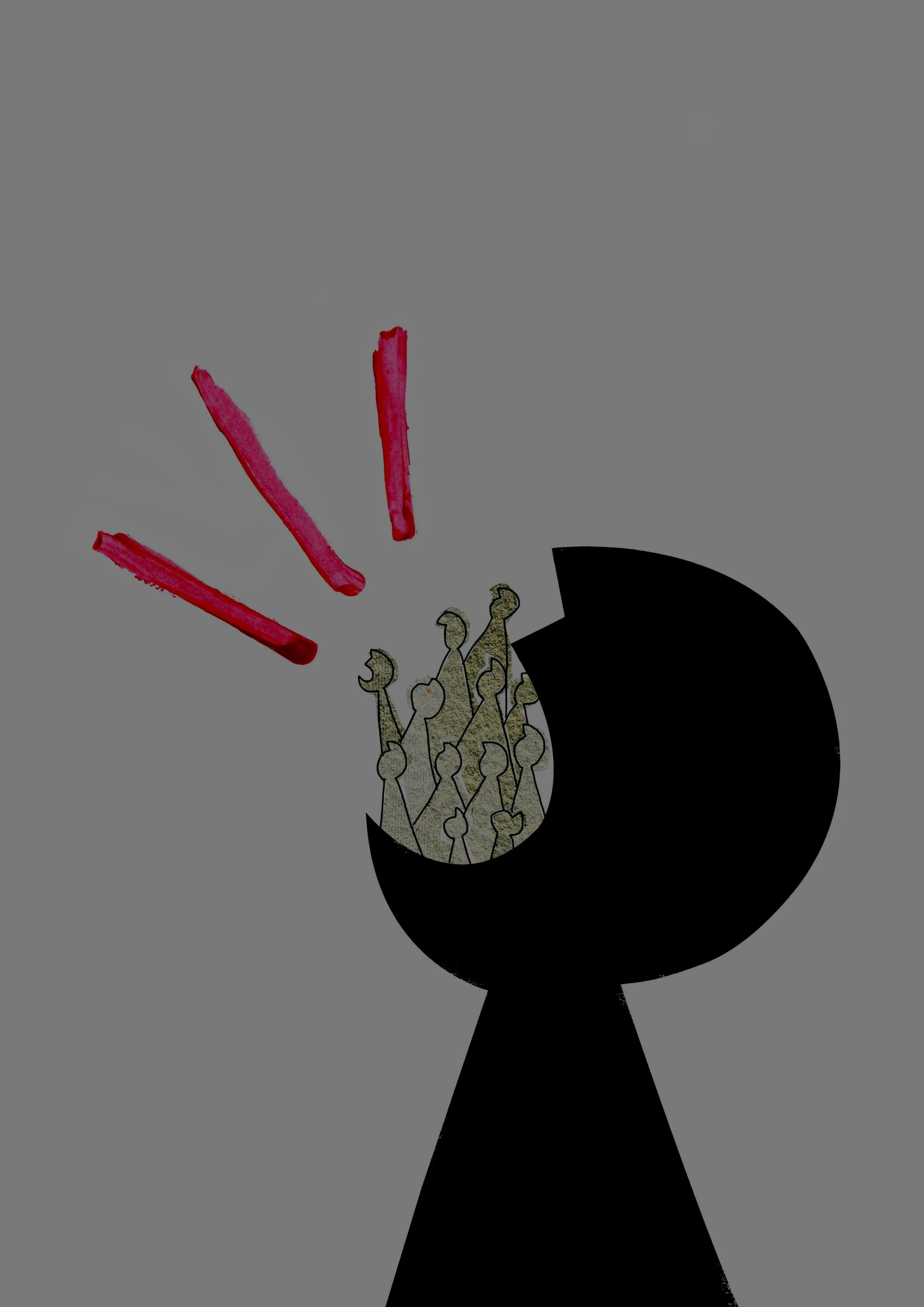Humans now, rights now
Human rights are the minimum protections and guarantees which people can expect from their governments wherever they live. These include the duty of governments to provide things like healthcare and primary education, but also that individuals should not be arrested for crimes they did not commit, forced not to associate with certain groups, or be treated differently because of their gender, race or sexual orientation.
These rights apply to all humans, everywhere, and are the building blocks of societies which respect human dignity and basic freedoms. But where do children fit in?
Well, children are humans. All humans have rights. Therefore children have human rights. Easy. Or so it should be. But in reality, it isn’t so simple.
Often labelled as ‘the future’ or ‘leaders of tomorrow’, children are usually last in line when it comes to recognising people’s human rights, at least until they reach the age of majority. Even being called a ‘minor’ doesn’t bode well for them — or how they’re viewed and treated.
The truth is, though, children are equal to adults in dignity and rights now, because they are human beings now.
When we talk about the right to free speech, to privacy, to health, and more, we’re not referring to the rights of adults, but to the rights of humans. This recognition should not be reserved just for grown-ups (least of all because we don’t get to pick our age), even if society would find this option more convenient.
Unique needs, unique rights
Having said that, we can’t ignore that children are the youngest population group and, as such, have particular needs and vulnerabilities. With these come an additional series of human rights which are unique to children. These are most famously set out in a piece of internationally binding law, the UN Convention on the Rights of the Child (CRC), and include the right to protection from all forms of violence, the right to education as well as leisure and play, respect for their evolving capacities as they get older, and the obligation to take children’s opinions into account, among others.
In an unprecedented show of recognition for children’s rights, every country in the world (except the United States) has signed the CRC — more than any other UN human rights treaty. But children’s rights are about more than signing a treaty. Violations of children’s rights are a daily occurrence in every country, and children are still largely not seen as independent rights-holders.
However, after governments agreed to be bound by these standards the UN set up a panel of experts, the Committee on the Rights of the Child, to check on how well governments were enforcing children’s rights. States can also sign an extra agreement to allow children and their representatives to report rights violations directly to the Committee, but most governments have not yet made this pledge.
‘It’s for your own good’
It’s fair to say that, in principle, there is no hierarchy of rights, no one right is more important than another; but there are undeniably some rights which are so fundamental that we can’t imagine other rights without them. This is the case with what are known as the ‘general principles’ — four overarching rights that are vital for children’s other rights to be fulfilled. These principles cover the right to non-discrimination; children’s best interests; the right to life, survival and development; and the right to be heard.
Despite this broad spectrum of rights for children, adults tend to argue against certain rights for children by claiming that they need protection above all else, that they don’t need privacy because they’re too young, or that adults always know what’s best for them. But this way of thinking is riddled with contradictions.
For instance, while children in the overwhelming majority of countries are banned from voting, with detractors claiming children are too young to understand politics or be interested in getting involved, many of these same countries think it’s appropriate to treat young offenders as hardened criminals and imprison them, with some countries even trying children in court as adults.
In other instances children’s rights are restricted on the basis that it’s ‘for their own good’ or protection, when in fact such restrictions may have the opposite outcome. Take the right to information and privacy, for instance. It’s often held that it’s acceptable to restrict or invade children’s privacy in order to protect them against the risk of being abused or exploited online, or from seeing things that are harmful to their mental health.
While some concerns are certainly justified, restricting the information children can access — and the privacy in which they can access it — means they may be dissuaded from seeking out genuinely useful and necessary information on things like sexual health, drug use, or suicide support groups. If children are convinced their parents might be spying on them, this vital information can be left untapped to the detriment of children in need of it.
All in all
One thing is for sure: the CRC is the most comprehensive document recognising — and demanding recognition of — the full scope of children’s rights, from civil and political, to economic, social and cultural, all at once. The message this sends is clear, and explains exactly what children’s rights are.
Children’s rights are human rights.

